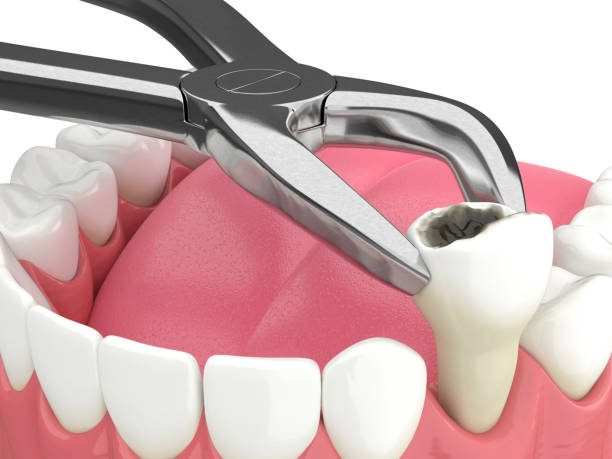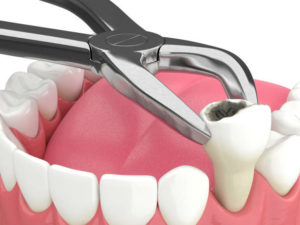The 3 Types of Cavities & How to Treat and Prevent Them
Otherwise known as caries or tooth decay, a cavity is a hole in the tooth. It is an opening on the hard surface of the tooth enamel that constantly expands unless it is treated. There are many reasons why cavities develop. Usually, it is a lack of dental hygiene. Bacteria in the mouth, sipping sugary drinks, and trauma to the teeth can affect the severity and frequency of cavity formation.
What are the Three Types of Cavities?
Pit and Fissure Cavities
Pit and fissure cavities are found on the chewing surfaces of the teeth and are most common on the back teeth. They usually form because of food particles or plaque that get stuck in the crevices and grooves on top of the teeth. If caught early, they are easily treated with fluoride toothpaste. However, once the cavity reaches the dentin, it will have to be removed before treating the cavity. Small to medium cavity requires composites or fillings, while large puts will likely need a crown.
Smooth Surface Cavities
Occurring on the flat exterior surface of the teeth, smooth surface cavities are usually found on the teeth at the sides of the mouth. They are slow-growing cavities and are the least common. They are similar to pit and fissure cavities because they also occur when people do not brush regularly or properly. It takes time to eat through the enamel on the smooth surfaces of the teeth since this is where the enamel is thickest. These are the easiest for dentists to treat.
Root Cavities
Roots cavities form on the surface of the tooth roots and most often occur among older adults, as they most likely have receding gums and other gum disorders. Receding gums expose the roots, which are not covered in hard enamel, leaving them vulnerable to tooth decay. The first step in treating root cavities is removing the decay, which is then replaced with a filling or crown. In severe cases when the decay has reached the pulp, root canal therapy may be required.
How do Dentists Treat Cavities?
If you suspect that you have a cavity, visit your local dentist. They will examine the damage to the tooth and then identify the kind of cavity. From here, they will decide on the best treatment to counter its negative effects. Treatment will vary based on the size and severity of the hole in the tooth.
- Mild cavity. A cavity that barely makes a hole in the tooth is easy to fix. It usually involves fluoride treatments like varnishes, gels, or fluoride-enriched water.
- Small to medium cavity. When the cavity reaches the dentin, the dentist will have to intervene and remove the decayed part before replacing it with a filling.
- Large cavity. A cavity left untreated for a long time cannot be treated with a simple filling anymore. Both pit and fissure and smooth surface cavities will require a crown at this point.
- Severe cavity. Because the roots do not have enamel, a root cavity can quickly turn into a severe cavity. Once the decay spreads to the pulp, a root canal treatment is most likely suggested by the dentist.
How Can Cavities be Prevented?
- Brush regularly. Tooth brushing is a crucial part of dental hygiene. Make sure to follow the correct brushing techniques.
- Use fluoride-enriched toothpaste. Because fluoride strengthens the enamel, combining regular tooth brushing with fluoride-rich toothpaste is a good move.
- Proper flossing. Flossing removes food and bacteria in between teeth, reducing the effects of smooth surface cavities.
- Be well hydrated. If your mouth is dry, there is not enough saliva to keep your teeth clean and your enamel strong. Bacteria can easily grow and cavities form.
- Avoid sugar. Sugary food and beverages are the most common reasons for cavities. Reduce their intake to decrease their risk for cavities.
- Visit the dentist regularly. Get regular checkups from your dentist to ensure that you do not have cavities.
The bigger the hole in the cavity is, the more tooth layers are affected. Left untreated, the cavity can result in severe pain and further infection. Ultimately, it can lead to tooth loss. If you feel you have a cavity, do not wait for discomfort to book your dental appointment.






 |
|